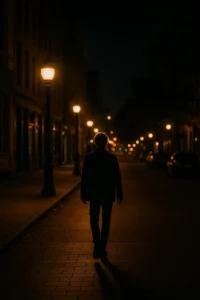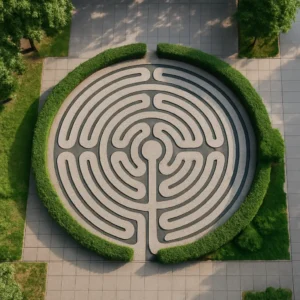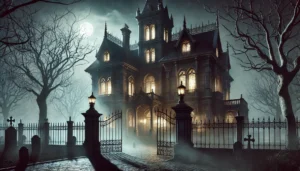Gentrification is a complex and controversial process that reshapes neighborhoods, economies, and communities. At its core, it involves the influx of wealthier residents into previously lower-income areas, often leading to rising property values, new businesses, and redevelopment. While this transformation can bring infrastructure improvements and economic growth, it also disrupts the cultural fabric of cities, displacing long-time residents and erasing local identities. The impact of gentrification on urban culture is profound—and not always positive.
Cultural Erosion and Displacement
One of the most visible effects of gentrification is the displacement of communities that have lived in an area for generations. Rising rents and property taxes force long-time residents, often working-class families and minority groups, to move elsewhere. As they leave, so do their traditions, languages, and cultural expressions. Street vendors, small local businesses, and neighborhood festivals may disappear, replaced by upscale cafes, boutiques, and real estate offices. The culture that once defined the neighborhood fades, replaced by a more homogenized version of urban life.
Loss of Authenticity
In many gentrified areas, the unique character that once attracted new residents and tourists is diluted. Murals are painted over, music venues close, and traditional cuisine is replaced by trendy fusion spots. The soul of the community—its voices, colors, rhythms—is often lost in favor of aesthetics that cater to a more affluent crowd. What once felt raw and real becomes curated and commercialized, leading to accusations of “cultural whitewashing.”
Shifting Community Dynamics
Gentrification doesn’t just change the buildings—it changes the people and how they relate to one another. New residents often have different socioeconomic backgrounds, values, and lifestyles. This can create tension, as original residents may feel alienated in their own neighborhoods. Social connections that once thrived on trust and shared history are weakened or replaced by unfamiliar interactions. In some cases, community resistance movements form to fight back against development projects that ignore local voices.
The Role of Art and Street Culture
Ironically, the same street art, music, and culture that make a neighborhood attractive can be the first to vanish when gentrification begins. Artists and creatives often settle in low-rent areas and help build cultural momentum—but as their neighborhoods grow in popularity, they too are priced out. Some cities attempt to preserve cultural landmarks or support artist housing, but these efforts are often too small or too late.
Gentrification and Racial Inequality
Gentrification often exacerbates existing racial inequalities. In many cities, communities of color are disproportionately affected by displacement and exclusion from new developments. Historical injustices, such as redlining and housing discrimination, continue to echo through these changes. New investments may come without meaningful inclusion, reinforcing barriers instead of breaking them.
Economic Revitalization vs. Cultural Destruction
It’s important to recognize that gentrification can bring benefits: reduced crime, better public services, improved housing. But these gains often come at the expense of those who helped build the neighborhood in the first place. True revitalization should lift communities without erasing them. Sustainable urban development must include affordable housing, protection for small businesses, and support for cultural preservation.
The Future of Inclusive Cities
The challenge cities face is how to grow and modernize without losing what makes them vibrant and human. Policies that involve community members in planning, protect cultural landmarks, and prioritize diversity can help. It’s not about stopping change—it’s about guiding it with empathy and intention. Cities must ask: Who is this development really for? And who gets to stay and thrive as the neighborhood evolves?
Conclusion: Culture Cannot Be Replaced
The culture of a city is built by its people—their stories, struggles, music, food, and dreams. When gentrification pushes these people out, it does more than shift addresses—it rewrites the city’s identity. Preserving urban culture means protecting the communities who created it in the first place. Without them, the city may look new and polished, but it risks becoming soulless.







